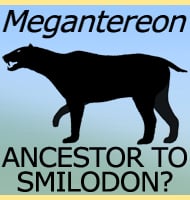In Depth
Caulkicephalus had to be reconstructed from several fragments before it could be classified. Once pieced together the form of an ornithocheirid pterosaur was easy to see including the specialised fish catching dentition. Although only the replacement teeth that are still within the jaw have been preserved, the size of the actual teeth can be inferred by examining the size of the tooth sockets.
The largest teeth were the third pair from the tip of the snout. The second and first pairs grew steadily smaller, but the pairs immediately behind the third pair dropped off on size dramatically until the pairs eight, nine and ten which were comparable to the first pair. The teeth towards the front of the mouth also projected outwards rather than straight down. This is a simple method of increasing the catch area of the teeth as Caulkicephalus tried to snatch fish from the water.
Caulkicephalus is thought to have had a crest on its snout near the tip such as other members of its group including Ornithocheirus. Also examination of the Caulkicephalus cranium indicates the presence of a second crest that rose up from the back of the skull, perhaps in a similar manner to Pteranodon.
For anyone unfamiliar with the name, a ‘caulk head’ is a term of reference used for anyone coming from the Isle of Wright.
Further Reading
– A new pterodactyloid pterosaur from the Wessex Formation (Lower Cretaceous) of the Isle of Wight, England. Cretaceous – Research, 26, 686-698. – L. Steel, D. M. Martill, D. M. Unwin & J. D. Winch – 2005.









